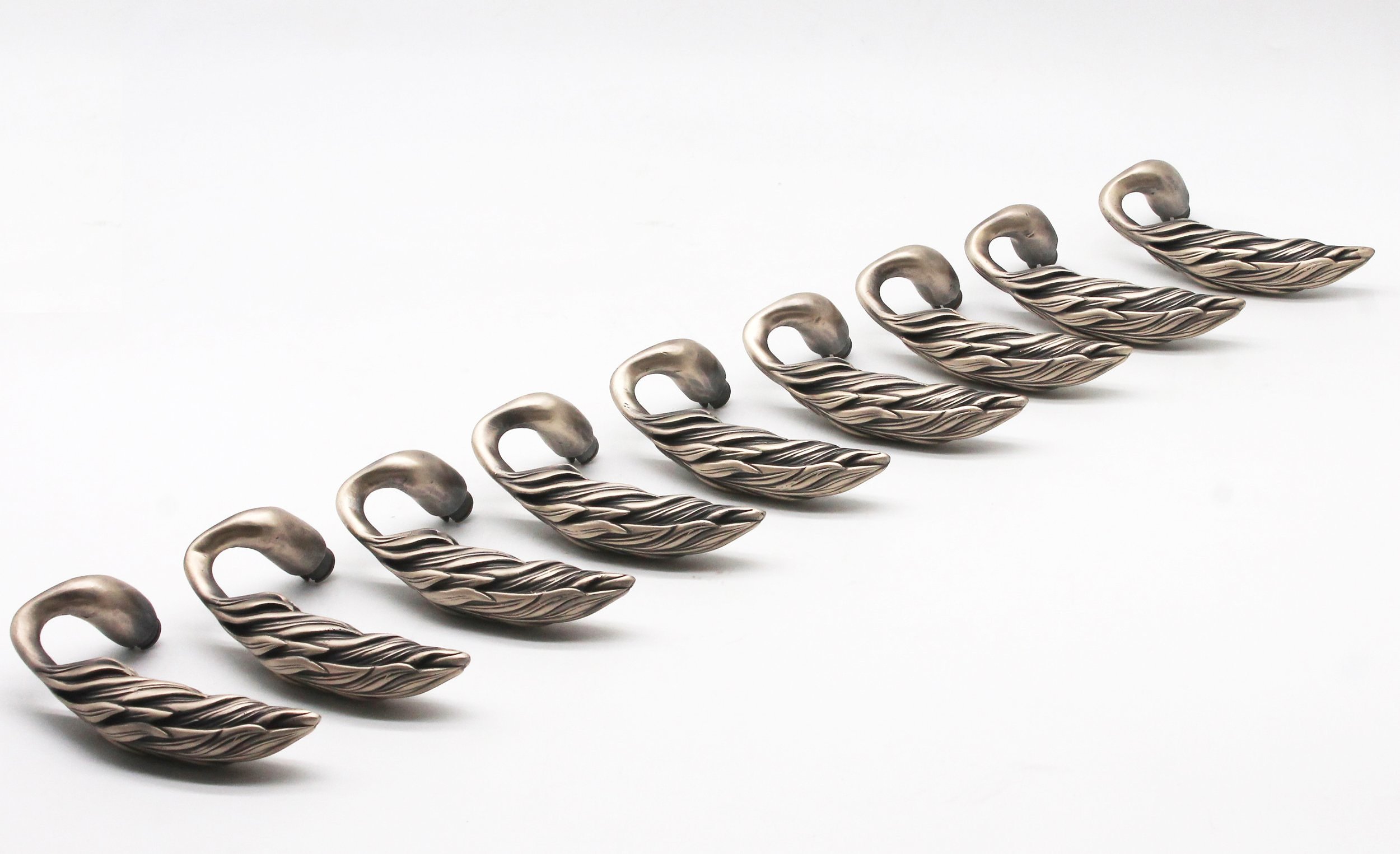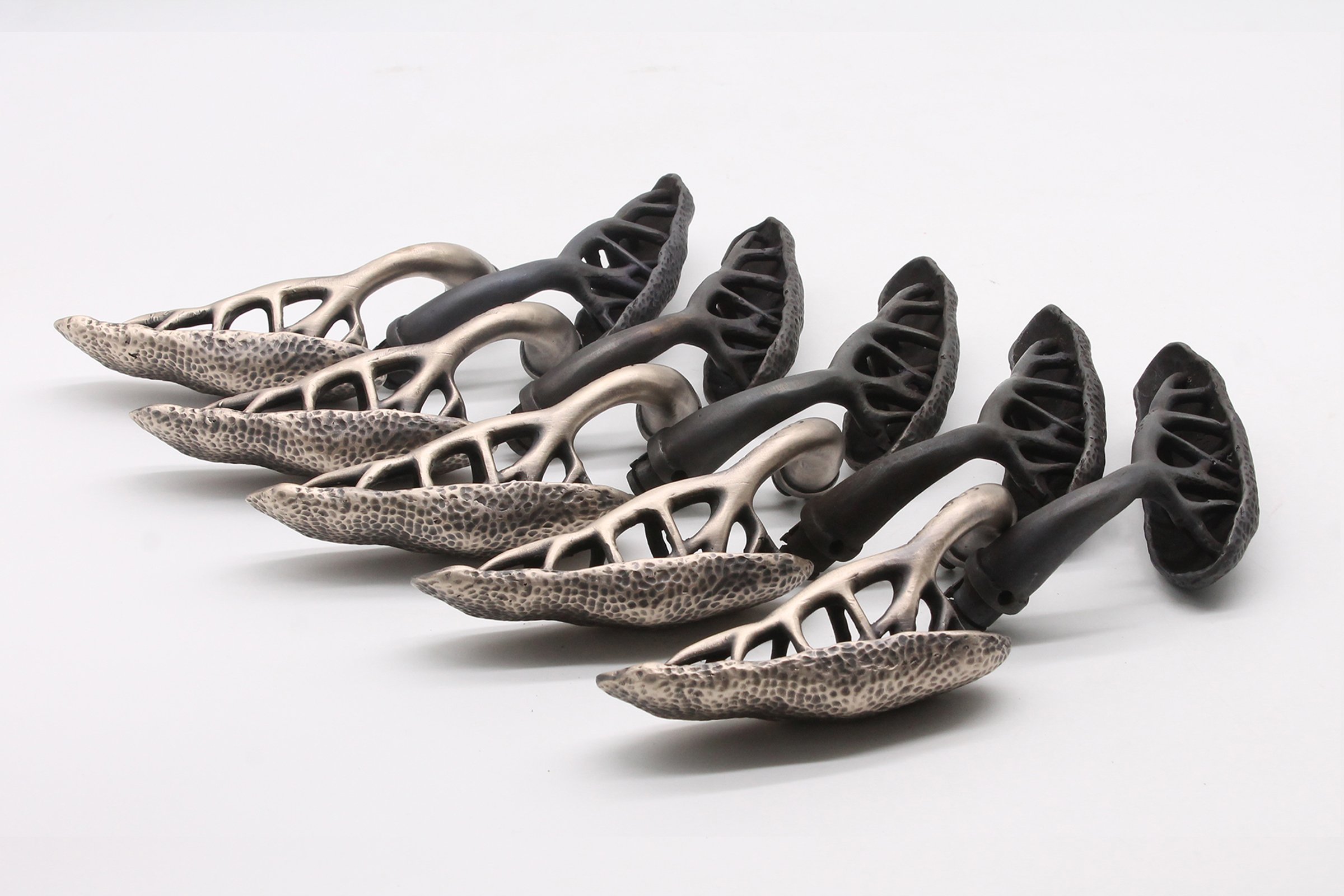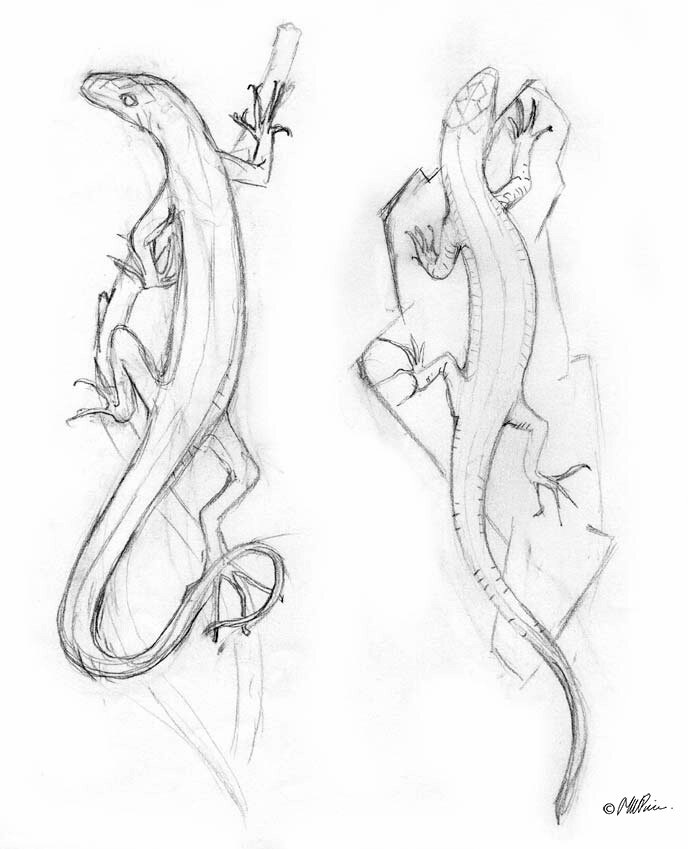Clients typically order our work because they appreciate it’s unusual and unique quality. Occasionally customers turn to us for help finding door hardware that will work with an existing door’s bore and screw holes. I recently received an inquiry from a customer who had repainted her entry door and now was searching for a handle set that would compliment her entry and either conceal or make use of the existing holes. What she discovered is that most hardware manufacturers have set dimensional choices with no leeway for customization.
Doors are generally made with preset drilled holes, typically one for the keyed cylinder and one for the lever or knob. The distance between these 2 bore holes is referred to as the “center to center”. When retrofitting a door with a new entry set these existing holes can be difficult to fill and conceal if the door is natural or stained wood. Some doors may have more holes to deal with as would be the case with the Hedgerow entry thumb latch set shown here which requires 4 holes to be drilled.
The Hedgerow set however has a large backplate and at 20” in height and 3” in width would cover most pre-existing door holes. Our backplates are machined after they are cast giving us the ability to customize the center to center to work with existing bore holes. The additional holes that this set requires for the mounting posts will be drilled into the door when our handle set is installed.
We also have the flexibility of changing the location of the mounting posts as we cast these separately and later weld them onto the back of the plate.








































